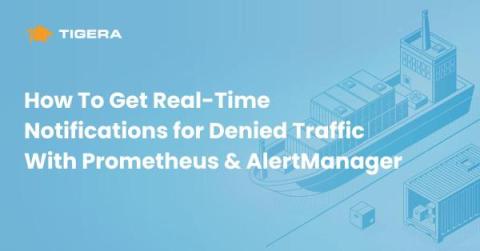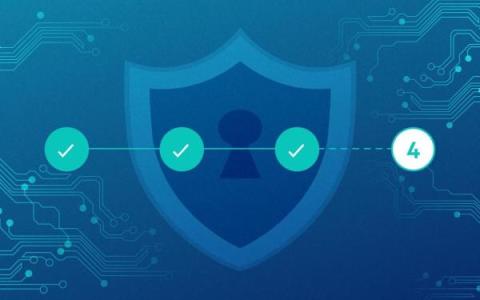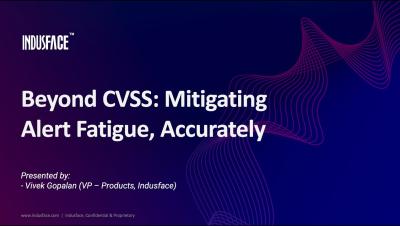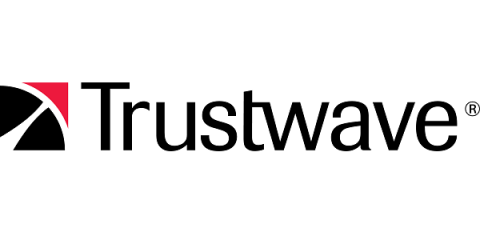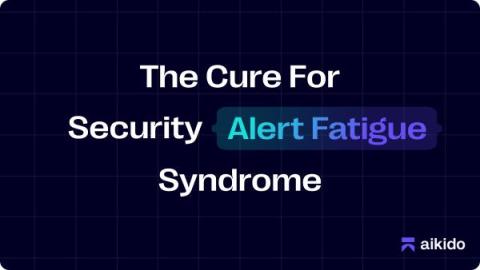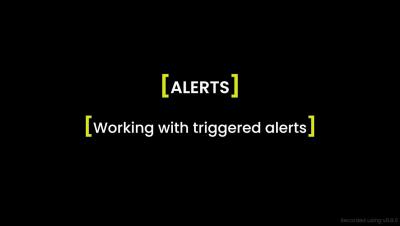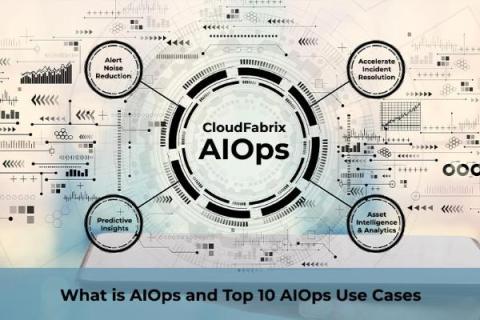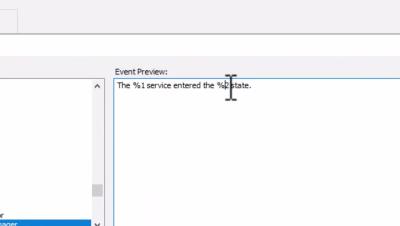How To Get Real-Time Notifications for Denied Traffic With Prometheus and AlertManager
Network policies are essential for securing your Kubernetes clusters. They allow you to control which pods can communicate with each other, and to what extent. However, it can be difficult to keep track of all of your network policies and to ensure that they are configured correctly. This is especially true if you have a large and complex cluster with more than 100 nodes. One way to address this challenge is to leverage Prometheus and AlertManager embedded in Calico Enterprise/Cloud.


